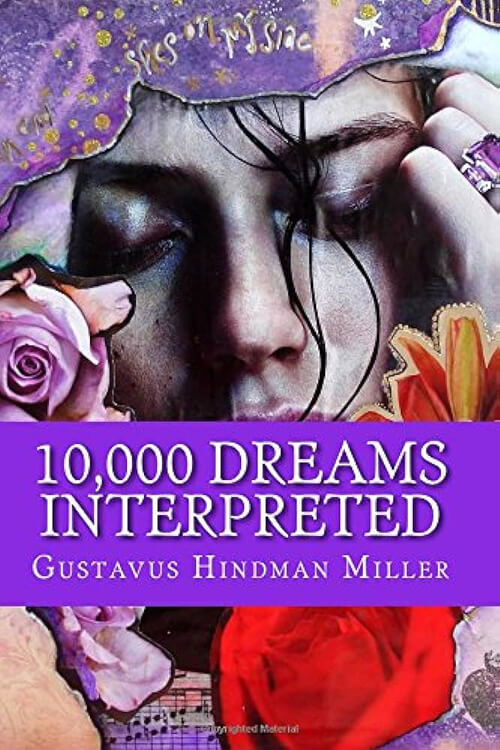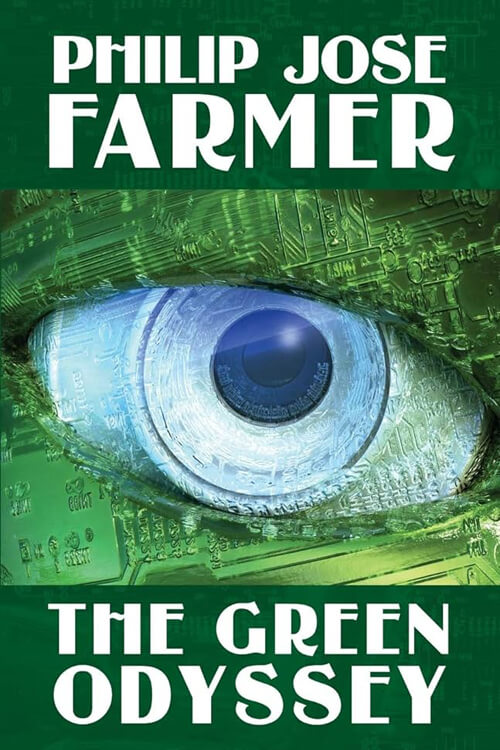
The Hacker’s Dictionary
But there is more. Hackers, as a rule, love wordplay and are very conscious and inventive in their use of language. These traits seem familiar in young children, but the conformity-enforcing machine we are pleased to call an educational system bludgeons them out of most of us before adolescence. Thus, linguistic invention in most subcultures of the modern West is a halting and largely unconscious process.
Hackers, by contrast, regard slang formation and use it as a game to be played for conscious pleasure. Their inventions thus display an almost unique combination of the neotenous enjoyment of language-play with the discrimination of educated and powerful intelligence. Further, the electronic media that knit them together are fluid, `hot’ connections, well adapted to disseminating new slang and the ruthless culling of weak and superannuated specimens.
Read or download Book
Eric S. Raymond
Eric Steven Raymond (born December 4, 1957), often called ESR, is an American software developer, open-source software advocate, and author of the 1997 essay and 1999 book The Cathedral and the Bazaar.
Biography
He wrote a guidebook for the Roguelike game NetHack. Raymond began his programming career writing proprietary software between 1980 and 1985. In 1990, noting that the Jargon File had not been maintained since about 1983, he adopted it, but not without criticism; Paul Dourish maintains an archived original version of the Jargon File because, he says, Raymond’s updates “essentially destroyed what held it together.” In 1996, Raymond took over developing the open-source email software “pop client” and renamed it Fetchmail. Soon after this experience, in 1997, he wrote the essay “The Cathedral and the Bazaar”, detailing his thoughts on open-source software development and why it should be done as openly as possible (the “bazaar” approach). The essay was based in part on his experience in developing Fetchmail. He first presented his thesis at the annual Linux Kongress on May 27, 1997.
He later expanded the essay into a book, The Cathedral and the Bazaar: Musings on Linux and Open Source by an Accidental Revolutionary, in 1999. The essay has been widely cited. The internal white paper by Frank Hecker that led to the release of the Mozilla (then Netscape) source code in 1998 cited The Cathedral and the Bazaar as “independent validation” of ideas proposed by Eric Hahn and Jamie Zawinski. Hahn would later describe the 1999 book as “clearly influential”. From the late 1990s onward, due in part to the popularity of his essay, Raymond became a prominent voice in the open-source movement. He co-founded the Open Source Initiative (OSI) in 1998, taking on the self-appointed role of open source ambassador to the press, business, and public. He remains active in OSI but stepped down as initiative president in February 2005. In early March 2020, he was removed from two Open Source Initiative mailing lists due to posts that violated the OSI’s Code of Conduct. In 1998, Raymond received and published a Microsoft document expressing worry about the quality of rival open-source software. He named this document, together with others subsequently leaked, “The Halloween Documents”.
From 2000 to 2002, he created Configuration Menu Language 2 (CML2), a source code configuration system; while originally intended for the Linux operating system, it was rejected by kernel developers. (Raymond attributed this rejection to “kernel list politics”, but Linus Torvalds said in a 2007 mailing list post that, as a matter of policy, the development team preferred more incremental changes.) Raymond’s 2003 book The Art of Unix Programming discusses user tools for programming and other tasks. Some versions of NetHack still include Raymond’s guide. He has also contributed code and content to the free software video game The Battle for Wesnoth. Raymond is the leading developer of NTPSec, a “secure, hardened replacement” for the Unix utility NTP.






